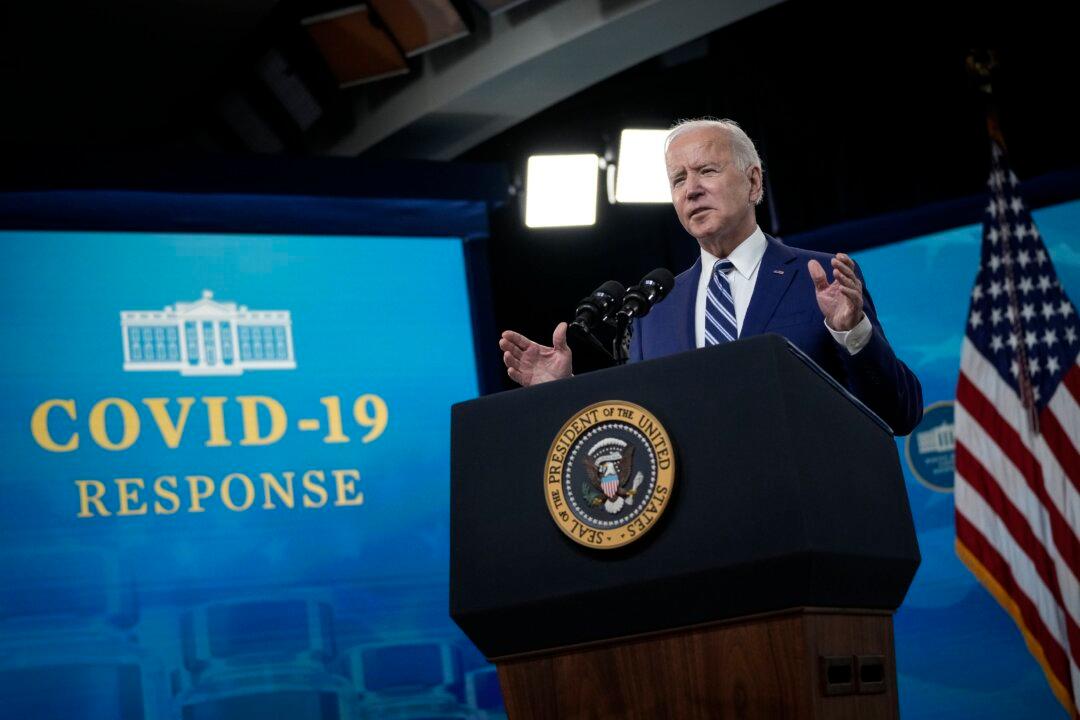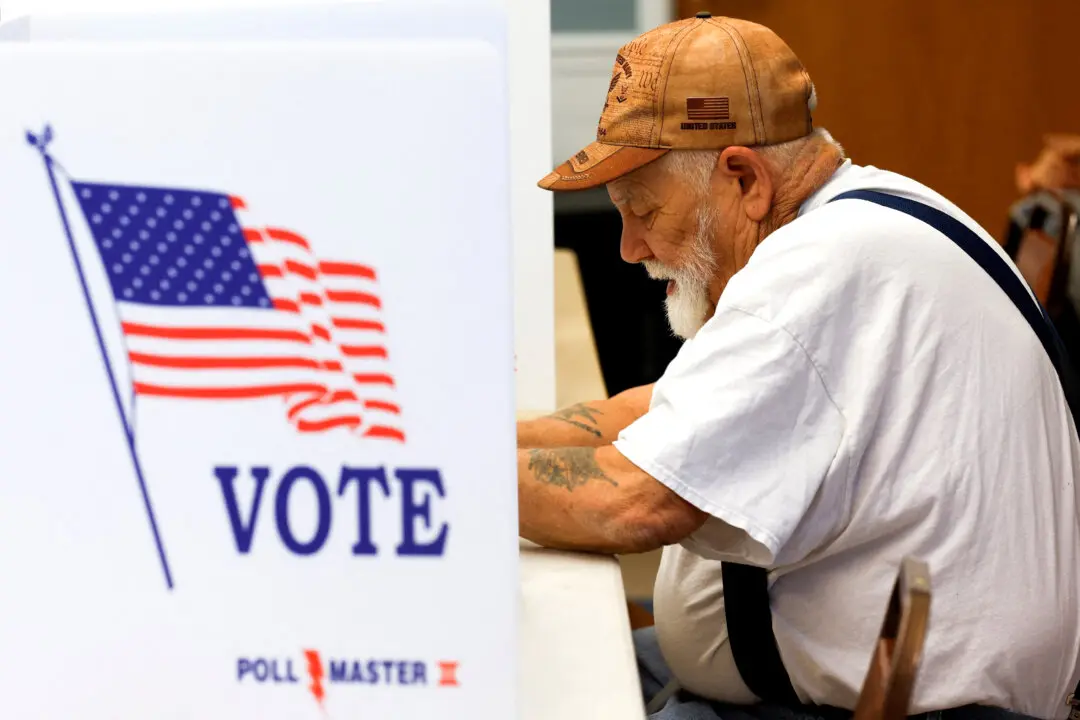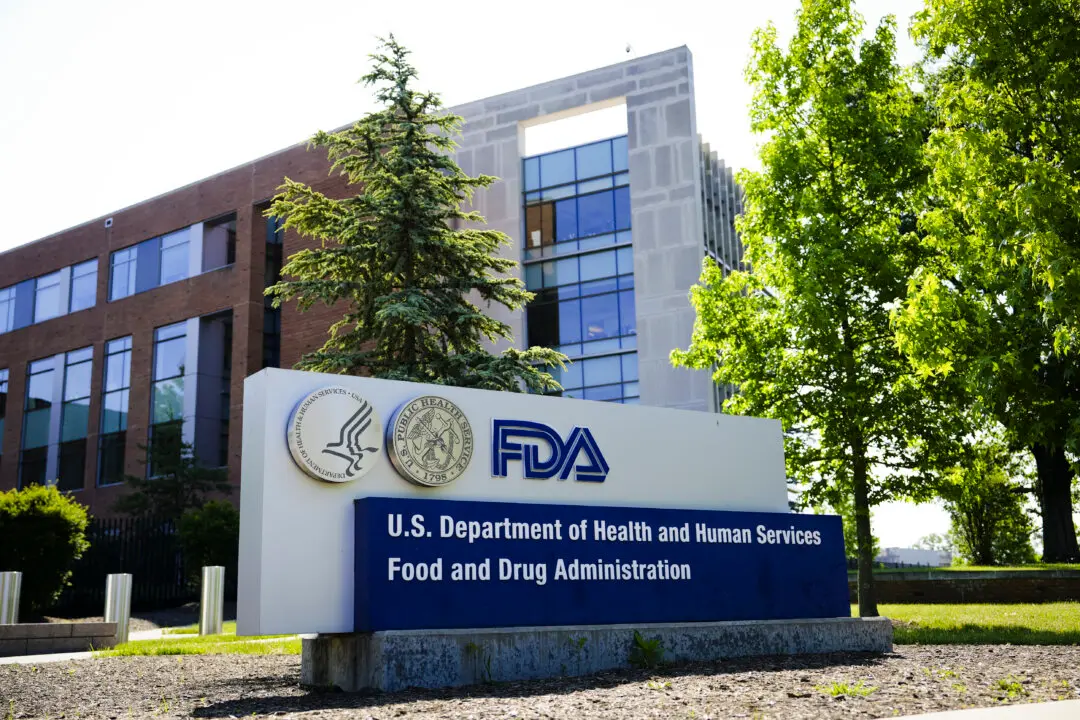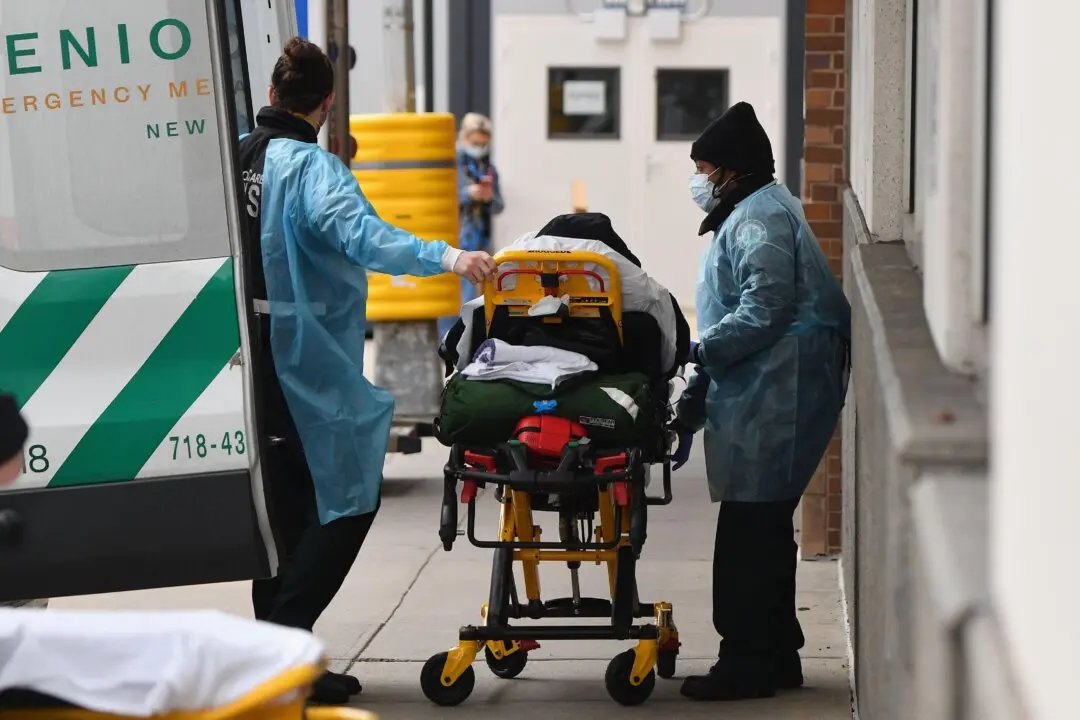Nine out of 10 Americans will be able to get a COVID-19 vaccine by April 19, President Joe Biden announced on March 29.
“I am pleased to announce that at least 90 percent of all adults in this country will be eligible to be vaccinated by April the 19th, just three weeks from now, because we have vaccines for the vast, vast majority of adults. You won’t have to wait until May 1. You will be eligible on April 19,” he said at the White House.





